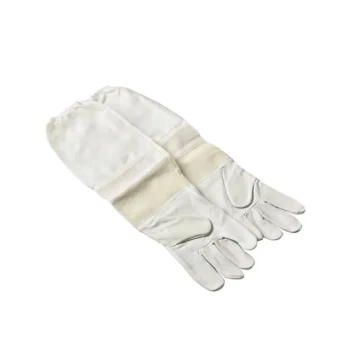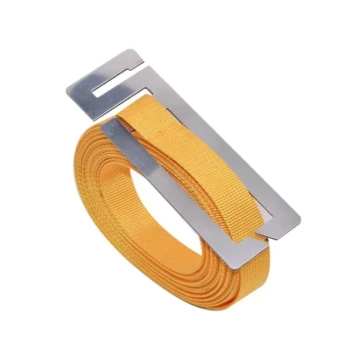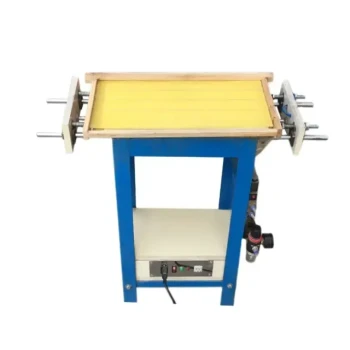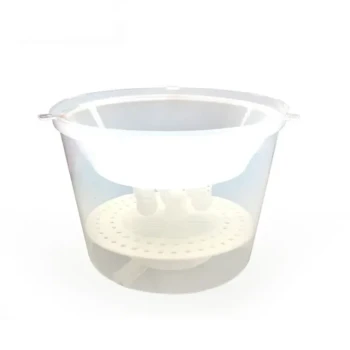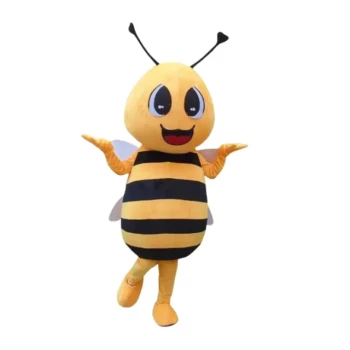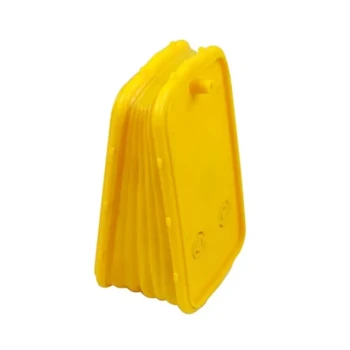In short, beekeeping gloves maintain hygiene by acting as a physical barrier. They prevent oils, dirt, and potential pathogens on your hands from contaminating the hive, while also keeping sticky and potentially contaminated hive products like honey and propolis off your skin.
While most beekeepers choose gloves to prevent stings, their role in hygiene is just as critical. The right gloves not only protect you but also safeguard your colony from disease, making them a fundamental tool for responsible hive management.

The Two-Way Street of Hive Hygiene
Gloves are not just about personal protection; they are a critical tool for biosecurity. They protect both the beekeeper from the hive and, more importantly, the hive from the beekeeper.
Protecting the Hive from External Contaminants
Your hands, even when clean, can carry bacteria, fungi, viruses, or residues from soaps and lotions. These can be introduced into the sterile environment of the hive.
Gloves create a neutral barrier, ensuring that you don't inadvertently introduce foreign substances that could stress the colony or introduce disease.
Preventing Cross-Contamination Between Hives
If you manage multiple hives, gloves are your first line of defense against spreading pests or diseases like American Foulbrood from one colony to another.
By cleaning or changing gloves between inspecting different hives, you significantly reduce the risk of transmitting problems throughout your apiary.
Protecting the Beekeeper from Hive Products
Beehives are filled with sticky substances like honey and propolis. While natural, these materials can make your hands difficult to clean and can harbor their own microbes.
Gloves keep your hands clean, preventing you from spreading these sticky, potent substances to your other tools, your clothing, or your vehicle.
Beyond Hygiene: Protection and Dexterity
While hygiene is a key benefit, the primary reason most beekeepers wear gloves is for protection. The challenge is balancing that protection with the need to work carefully.
A Physical Barrier Against Stings
The most obvious function of beekeeping gloves is to prevent stings. This allows you to work more calmly and confidently, which benefits both you and the bees.
Materials like thick leather, canvas, and goatskin provide excellent protection. Most designs feature long sleeves with elastic cuffs to ensure bees cannot crawl inside.
The Importance of Dexterity
Your ability to handle frames and tools gently is paramount. Clumsy movements can agitate bees, damage comb, and even crush the queen.
This is where the choice of glove material becomes critical. Thick, ill-fitting gloves reduce your tactile sensitivity and dexterity, increasing the risk of accidents.
Understanding the Trade-offs
The ideal glove doesn't exist; every choice involves a compromise between maximum protection and maximum dexterity.
The Problem with Bulky Gloves
Thick leather gloves offer the highest level of sting protection, which is reassuring for beginners.
However, their bulkiness can lead you to be less gentle, potentially harming bees or dropping a frame. This can cause more disruption and defensive behavior from the colony than a single sting might have.
High-Dexterity Alternatives
For more delicate work, many experienced beekeepers prefer thinner materials. Goatskin offers a good compromise, providing reasonable protection with a much better feel.
Nitrile exam gloves offer the highest level of dexterity, allowing you to feel every part of the frame. They are excellent for tasks like queen marking but offer minimal sting protection and are best used by calm, confident beekeepers.
The Critical Role of Proper Fit
Regardless of the material, a snug fit is essential. Gloves that are too loose will bunch up and hinder your movement, while gloves that are too tight will be uncomfortable and may stretch, reducing their protective qualities.
Making the Right Choice for Your Goal
Your choice of glove should align with your experience level and the specific task at hand.
- If your primary focus is confidence and maximum protection: Choose a well-fitting pair of thick leather or ventilated leather gloves, especially when you are starting out.
- If your primary focus is hive health and delicate inspections: Opt for thinner goatskin gloves that offer a balance of protection and tactile feedback.
- If your primary focus is absolute dexterity for a specific task: Consider using disposable nitrile gloves, understanding they provide very little sting protection.
Ultimately, the right gloves empower you to be a calm, confident, and hygienic manager of your hives.
Summary Table:
| Hygiene Function | How Gloves Help |
|---|---|
| Barrier Protection | Prevents transfer of oils, dirt, and pathogens from hands to the hive. |
| Prevents Cross-Contamination | Essential for inspecting multiple hives without spreading pests/diseases. |
| Keeps Beekeeper Clean | Protects skin from sticky, hard-to-clean hive products like propolis and honey. |
Protect your investment and ensure the health of your colonies with professional-grade beekeeping gloves from HONESTBEE.
We supply durable, well-fitting gloves—from protective leather to high-dexterity goatskin—designed for the rigorous demands of commercial apiaries and distributors. Our wholesale-focused operations ensure you get the right equipment to maintain superior hive hygiene and biosecurity.
Contact HONESTBEE today to discuss your glove needs and request our wholesale catalog!
Visual Guide

Related Products
- Beekeeping Gloves Goatskin Leather with Long Cotton Sleeve for Beekeepers
- Goatskin Leather Beekeeper Gloves with Vent Long Sleeve for Beekeeping Honey Bee Sting Proof Protection
- Mesh Ventilated 3 Layer Goatskin Beekeepers Gloves for Beekeeping
- Goat Skin Leather Bee Sting Proof Beekeeping Gloves with Canvas Sleeve
- Professional Grade Foldable Beehive Handles
People Also Ask
- Should beekeepers wear gloves, and why? Essential Protection for Beekeepers
- What should beekeepers consider regarding the fit of beekeeping gloves? Achieve Safety and Dexterity
- What is the difference between cleaning cow leather and goat leather beekeeping gloves? Tailor Your Care for Longevity
- Why is dexterity and flexibility important in beekeeping gloves? Boost Your Hive Management Efficiency
- What are the advantages of goatskin leather gloves for beekeeping? Superior Sting Protection for Your Apiary

